 America
America
 Spanish
Spanish
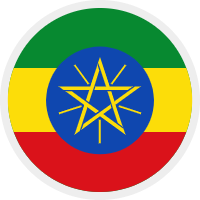 Ethiopia
Ethiopia
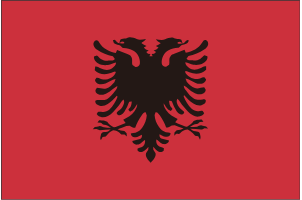 Albania
Albania
 South Africa
South Africa
 UAE
UAE
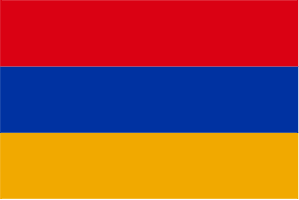 Armenia
Armenia
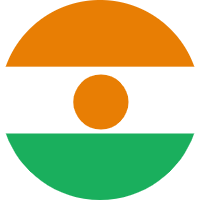 assamese
assamese
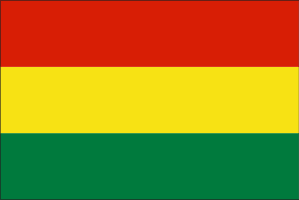 Aymara
Aymara
 Azerbaijani
Azerbaijani
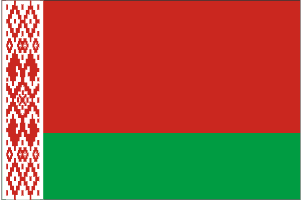 belarusian
belarusian
 Bengali
Bengali
 Bhojpuri
Bhojpuri
 Bosnian
Bosnian
 Bulgarian
Bulgarian
 bur
bur
 Catalan
Catalan
 Cebuano
Cebuano
 corsican
corsican
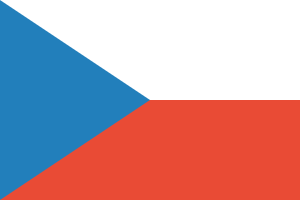 Czech
Czech
 Danish
Danish
 German
German
 Divish
Divish
 Greek
Greek
 America
America
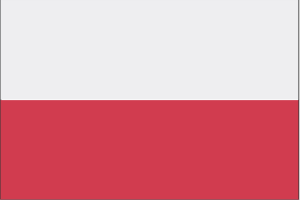 Esperanto
Esperanto
 Estonian
Estonian
 Filipino
Filipino
 Finnish
Finnish
 French
French
 Georgian
Georgian
 irish
irish
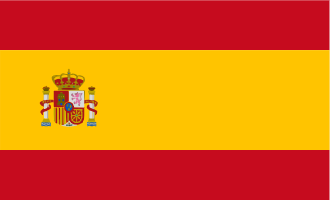 galician
galician
 Guaraní
Guaraní
 Gujarati
Gujarati
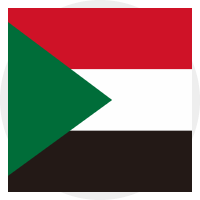 hausa
hausa
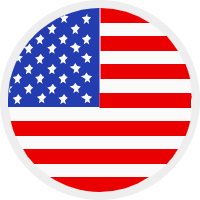 Hawaiian
Hawaiian
 Hebrew
Hebrew
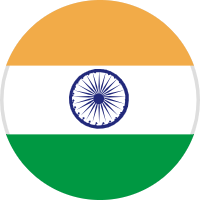 Hindi
Hindi
 Khmer
Khmer
 hmn
hmn
 Croatian
Croatian
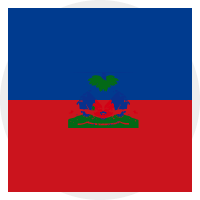 Haitian
Haitian
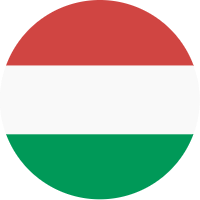 Hungarian
Hungarian
 igbo
igbo
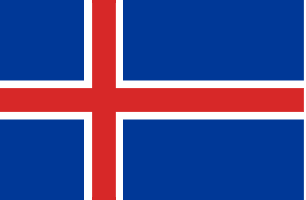 Icelandic
Icelandic
 Indonesian
Indonesian
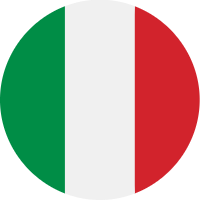 Italian
Italian
 Kannada
Kannada
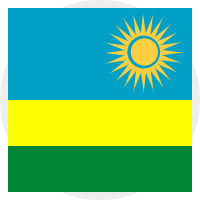 Kinyarwanda
Kinyarwanda
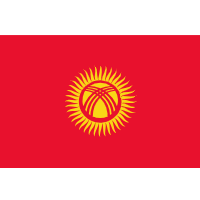 Kyrgyz
Kyrgyz
 Konkani
Konkani
 Korean
Korean
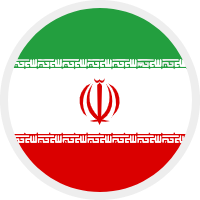 Kurdish
Kurdish
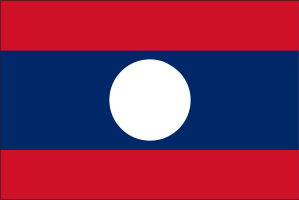 Lao
Lao
 Latin
Latin
 latvian
latvian
 lingala
lingala
 Lithuanian
Lithuanian
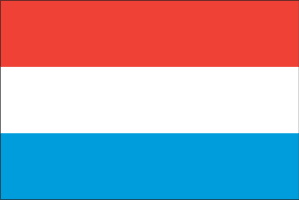 Luxembourgish
Luxembourgish
 luganda
luganda
 Macedonian
Macedonian
 Maithili
Maithili
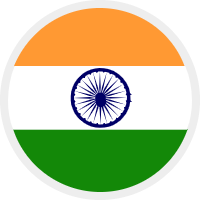 malayalam
malayalam
 Maori
Maori
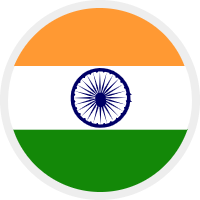 Marathi
Marathi
 Malay
Malay
 Maltese
Maltese
 Nepali
Nepali
 Dutch
Dutch
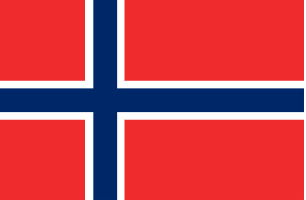 Norwegian
Norwegian
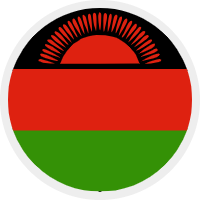 Nyanja
Nyanja
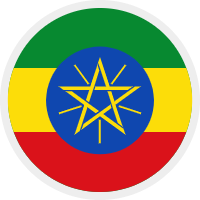 Oromo
Oromo
 oriya
oriya
 Punjabi
Punjabi
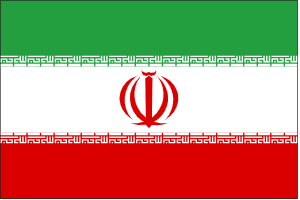 farsi
farsi
 Polish
Polish
 Portuguese
Portuguese
 Pashto
Pashto
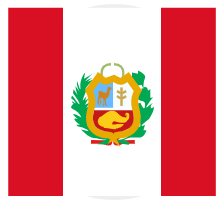 Quechua
Quechua
 Romanian
Romanian
 Russian
Russian
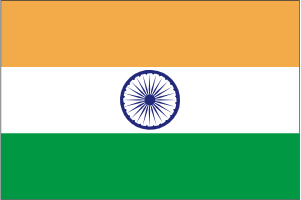 Sanskrit
Sanskrit
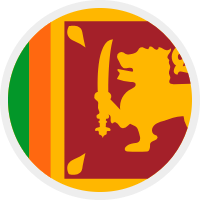 Sinhalese
Sinhalese
 Slovak
Slovak
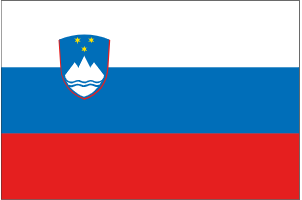 Slovenian
Slovenian
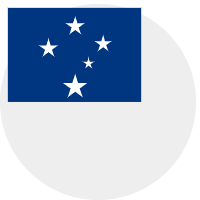 Samoan
Samoan
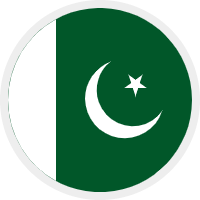 Sindhi
Sindhi
 Somali
Somali
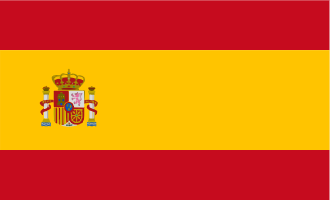 Spanish
Spanish
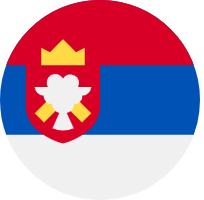 Serbian
Serbian
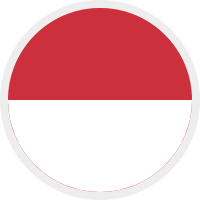 Sundanese
Sundanese
 Swahili
Swahili
 Swedish
Swedish
 Tamil
Tamil
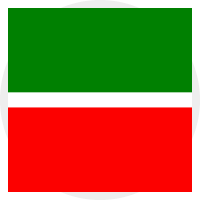 Tatar
Tatar
 Telutonic
Telutonic
 Tajik
Tajik
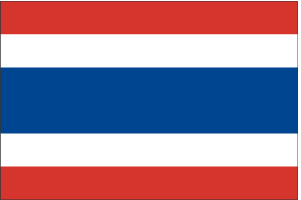 Thai
Thai
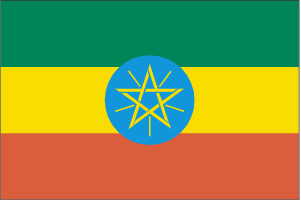 Tigrinian
Tigrinian
 Shierqi
Shierqi
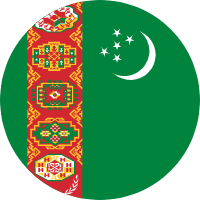 Turkmen
Turkmen
 TWI
TWI
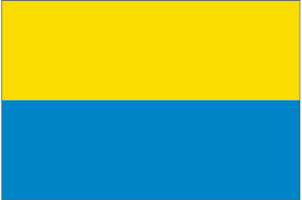 Ukrainian
Ukrainian
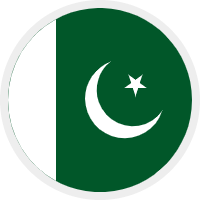 Urdu
Urdu
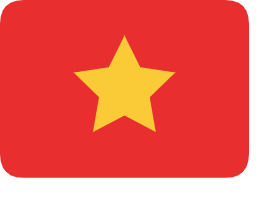 Vietnamese
Vietnamese
 Welsh
Welsh
 xhosa
xhosa
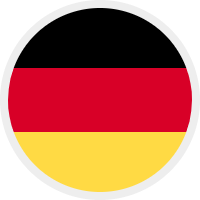 Yiddish
Yiddish
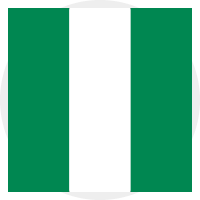 Yoruba
Yoruba
 Zulu
Zulu
 Japanese
Japanese
Fiber optic cable is a crucial component in the telecommunications industry, enabling high-speed data transmission over long distances. This article will provide a detailed explanation of fiber optic cable, covering its structure, advantages, applications, and future prospects.
Fiber optic cable consists of three main components: the core, cladding, and protective coating. The core is made of highly transparent glass or plastic material that carries the light signals. Surrounding the core is the cladding layer which has a lower refractive index to keep the light signals confined within the core through total internal reflection. Finally, there is a protective coating that safeguards the delicate fibers from external damage.
The diameter of fiber optic cables can vary depending on their application requirements. Single-mode fibers have smaller cores (around 9 microns) and are used for long-distance communication due to their ability to transmit light in one mode only. On the other hand, multi-mode fibers have larger cores (between 50-62.5 microns) and are suitable for shorter distances.
The structure of fiber optic cables allows them to transmit data at incredibly high speeds while maintaining signal integrity over long distances.
Fiber optic cables offer several advantages over traditional copper cables:
2a) High Bandwidth: Fiber optics can carry large amounts of data at very high speeds compared to copper wires.
2b) Long Distance Transmission: Unlike copper wires that suffer from signal degradation over distance due to electrical resistance and interference issues, fiber optics can transmit signals without loss for tens or even hundreds of kilometers.
2c) Immunity to Electromagnetic Interference: Since fiber optics use light instead of electricity for signal transmission, they are immune to electromagnetic interference caused by nearby power lines or radio frequency devices.
Fiber optic cables find extensive use in various industries including telecommunications networks (both landline and mobile), internet service providers (ISPs), cable television providers (CATV), medical imaging systems such as endoscopes and lasersurgery equipment,and military communications systems among others.
In addition,Fiber-optic sensors are also widely used in environmental monitoring,such as temperature,humidity,detectionofchemicalsubstancesandsoilmonitoring.
In summary,the applications range from everyday consumer use like internet connectivityto critical infrastructure such as national defense systems. Fiber-optic technology has revolutionized these industries by providing faster speeds,reliable connections,and greater bandwidth capacity.
![]() High-tech Development District, Zhengzhou City, Henan Province, China. 450000
High-tech Development District, Zhengzhou City, Henan Province, China. 450000
![]() High-tech Development District, Zhengzhou City, Henan Province, China. 450000
High-tech Development District, Zhengzhou City, Henan Province, China. 450000
Copyright © 2001-2023 Henan Rayo Cable Technology Co.,Ltd All rights reserved.


